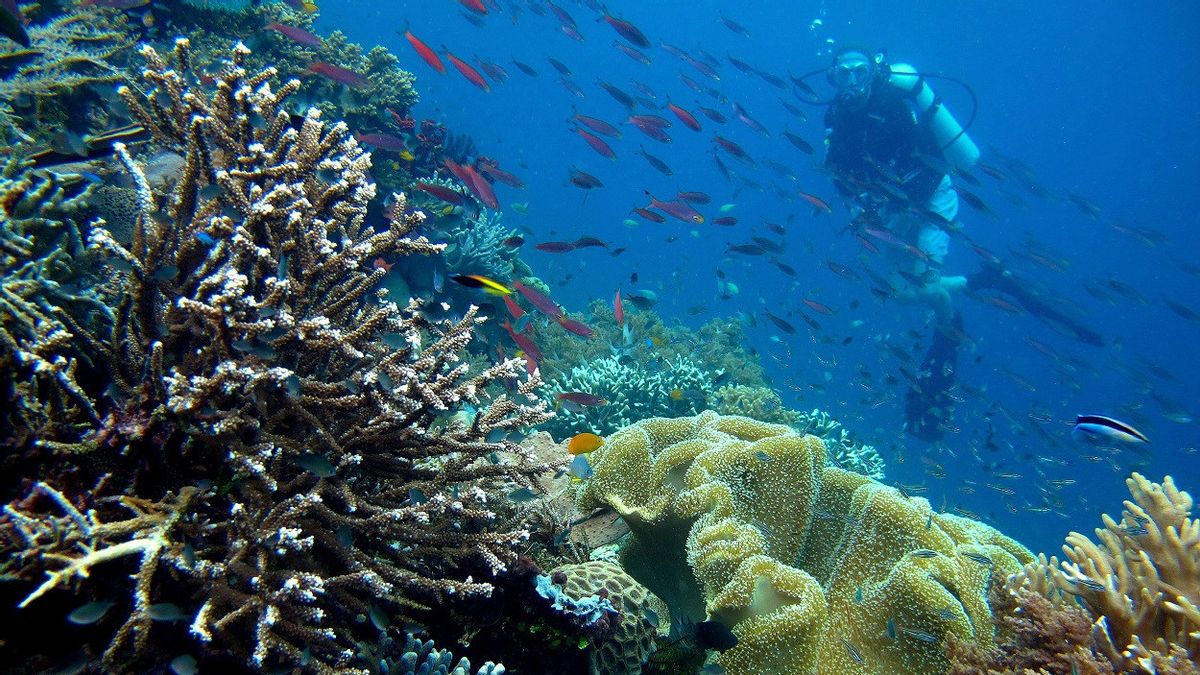JAKARTA - Good news comes from researchers who have discovered dozens of new species at the bottom of the Pacific Ocean, using robots to explore and lift.
Researchers from the Natural History Museum in London, England said the undescribed organisms represent a fraction of the undiscovered species from the deep sea that scientists are studying.
A remotely operated vehicle allows samples collected from the abyssal plains of the Clarion-Clipperton Zone in the central Pacific, to be brought to the surface.
This allows scientists to get a much better idea of the organisms that live at depths of 3,100 to 5,100 meters below sea level.
It is known that in the past, animals from this area were only studied in photographs. Remarkably, 48 of the 55 specimens found were of different species. And of that number, only nine out of 48 are known to science.
Much of life on the ocean floor is a mystery to scientists, and is not disturbed by human activities because it is very difficult to reach.
The researchers say while it is known that millimeter-sized creatures (macrofauna) in the gorge are very diverse, there is not much information about larger animals (megafauna), and findings suggest this group could also be very diverse.

Dr Guadalupe Bribiesca-Contreras at the Natural History Museum, lead author of the study, said: "This research is important not only because of the number of potential new species discovered, but because these megafauna specimens have previously only been studied from seafloor images.
"Without the specimens and DNA data at their disposal, we cannot properly identify the animals and understand how many different species there are," he said.
He further explained, among the samples collected were starfish and sea cucumbers. Many are marine invertebrates.
The team also collected small animals that anchor in sediments or cling to hard substrates such as sea anemones, goose barnacles, sea lilies, sea sponges and glass sponges that are more than a meter long.
They also found sea cucumbers swimming and sea urchins galloping on the seabed.
One of the newly discovered deep-sea species is Psychropotes longicauda, also known as the gummy squirrel.
Senior researcher Dr. Adrian Glover, who leads the museum's deep-sea research group, said: "We know that tiny millimeter-sized animals called macrofauna are very diverse in the abyss.
"However, we never really had much information about the larger animals we call megafauna, because very few samples were collected."
"This study is the first to show that diversity may be very high in these groups as well."
To note, the findings in this study were published in the journal 'Zookeys.'
The English, Chinese, Japanese, Arabic, and French versions are automatically generated by the AI. So there may still be inaccuracies in translating, please always see Indonesian as our main language. (system supported by DigitalSiber.id)













